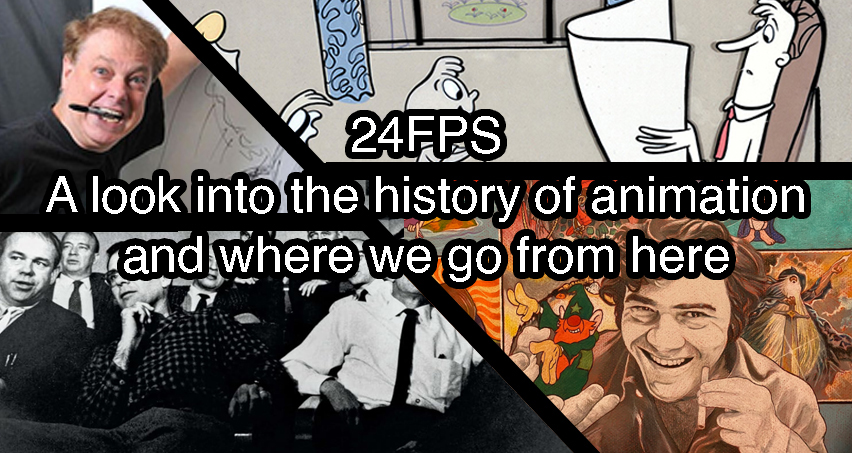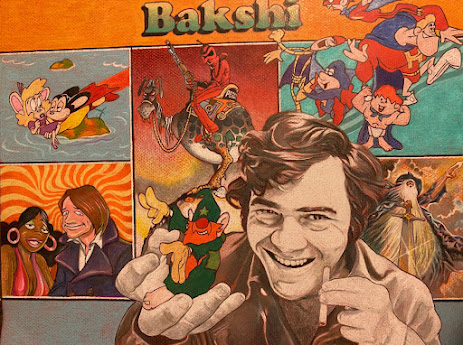Ralph Bakshi: Animation Risk-Taker
Ralph Bakshi was a trailblazer in animation, even if most people in the modern era have never heard of him. He was one of the first directors in animation who saw the art form as it truly was, an artform and didn’t think it should be limited to entertainment for children. Animation was a chance for any artist to express themselves in any way they wanted, and sometimes that included adult-oriented material.
In the last fifties, Bakshi got his start in animation working for TerryToons. He was a cell polisher, he cleaned up animation cells before they were filmed, the lowest rung at the studio, but a solid foot in the door. He was soon promoted to cell painter and then began training in animation.
In 1969, after establishing Bakshi Production, Ralph Bakshi started work on his first feature film, Fritz the Cat. It was a feature-length animation showcasing the life of an anthropomorphic cat living in New York. It was heavily based on reality and showed New York as a dirty and often dangerous place. The characters were depicted as animals but still struggled with the same things modern New Yorkers struggled with, like Alcohol, drugs, and sex. Enlisting help from his friend and collaborator R. Crumb, Bakshi tried to emulate his artistic style on the big screen. Through turmoil and strife, and even losing his friend R. Crumb in the process, Fritz the Cat was released in 1972 to critical and commercial success.
Over the course of the next two decades, Ralph Bakshi released several more, increasingly controversial films like Heavy Traffic, Coonskin, and American Pop just to name a few. With each production came a new set of problems. Major studios and networks were still having trouble with the concept of adult animation, and this proved to be an uphill battle with every release. Several of his films even ended up banned in some countries.
As Bakshi entered the nineties, he made his next film, Cool World, and it is seen by many as the death rattle of his film career. It was a film that was, once again, marred with strife from studio interference and internal struggle. The film that was released was a critical and commercial failure, and it has made it incredibly difficult for him to find funding for another feature.
Undeterred, Ralph Bakshi has always made his films his way and tried to speak to the audience in a way that he felt was true and honest. He wanted to give the audience something real but still held onto his artic style and ideas. As the generations pass through, there is always a small section of film/animation students who will discover Ralph Bakshi and be entertained all over again. His mark has been made in this industry and will hopefully continue to do so for many years to come.







Comments
Post a Comment